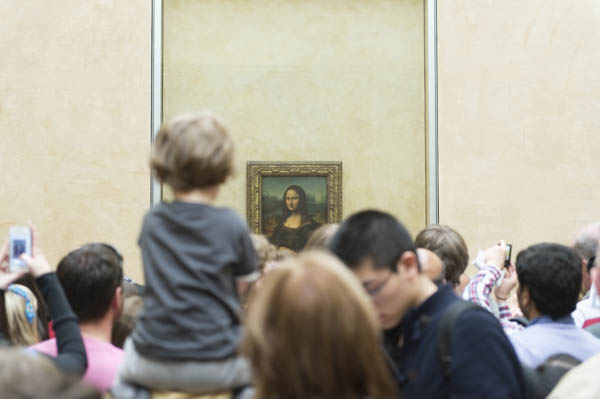Share
Will the Big Meh Lead to an Artistic Renaissance?
On the Op/Ed pages of The New York Times, Nobel-prize winning economist Paul Krugman described “The Big Meh” – the productivity paradox whe...

On the Op/Ed pages of The New York Times, Nobel-prize winning economist Paul Krugman described “The Big Meh” – the productivity paradox whereby the incredible technological development of the Information Age has yielded only modest economic results. Entrepreneur Peter Thiel famously complained, “We wanted flying cars, instead we got 140 characters.”
Therein lies the rub. You can only move data so quickly before the economic benefit becomes dubious at best (think high frequency traders). More social networks, more Wikipedia pages, more efficient ride hailing – they are good to a point, but it’s just not the same as building roads, bridges, and flying cars, all of which employ people and make other economic opportunity available.
On the other hand, the Information Age is really good at cultural transmission.
On the day that I am writing this, the legendary Mary Ellen Mark passed away. Don’t know who she is? Only vaguely familiar with her work? Within seconds, you can see her greatest hits and familiarize yourself with what made her such a force within photography.
Perhaps you are now interested in street photography, documentary photography, Magnum Photos, her husband, her gear – the Information Age provides you with the raw material to turn you into an expert without the friction of time. No more trips to the library. No more waiting for a book or video to be delivered. There is more content to be consumed on the most niche of topics than ever before.
Of course, you know this.
But rather than looking for economic benefit, perhaps we should look around for prodigious talent to start emerging now. The digital natives amongst us whose access to inspirational material will lead us to an artistic renaissance. Take 11-year old Joey Alexander from Jakarta.
In the history of music, there have been many classical music prodigies. But generally speaking, these children have been criticized for the lack of empathy in their playing – Technical masters without the experience or insight to interpret the music they’re playing. This is not the case with Alexander. His improvisations show a significant understanding of the idiom and the players that have preceded him. Here he is on the devilishly difficult John Coltrane piece “Giant Steps.”
Perhaps his rise is the result of endless access to nearly every jazz recording ever made.
Take teenager Humza Deas whose daring photos from atop buildings in NYC has led to magazine covers and travel around the world.
Perhaps his work inspired Nairobi’s High Rise Photography Club.
And perhaps their work combined with low cost digital photography will inspire another kid from Kenya. Maybe that child will become the next Mary Ellen Mark. Maybe that child’s work will create invaluable cultural value. And as cultural information is transmitted more quickly and accessibly, perhaps the general population’s visual (and cultural) literacy will rise making us less susceptible to charlatans and snake oil salesmen.
So as you bemoan the unfulfilled economic promise of the Internet, allow yourself to get lost in old Stevie Wonder videos on YouTube, and imagine what the next generation of musicians, writers and photographers will bring forth unto the world.



